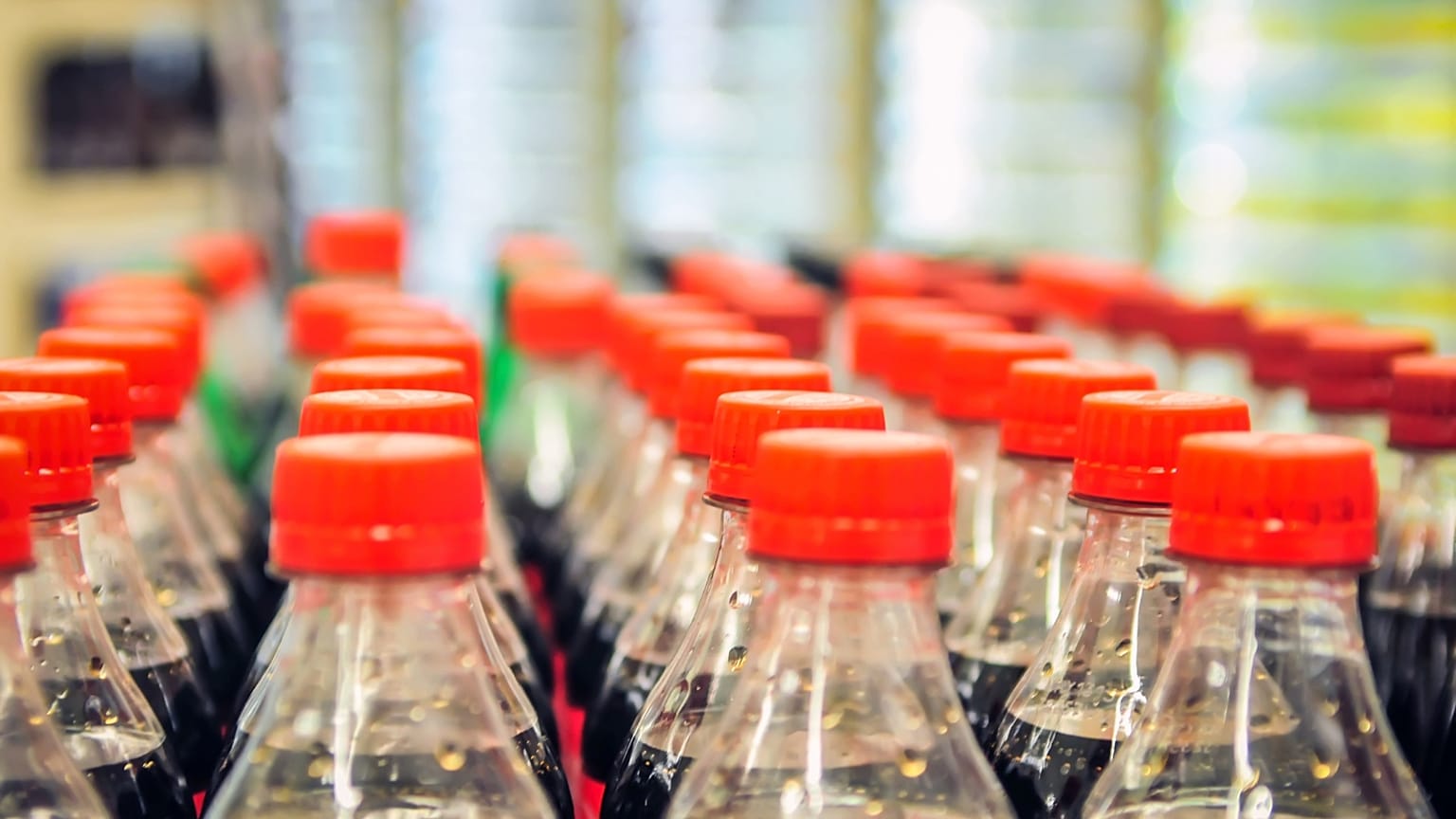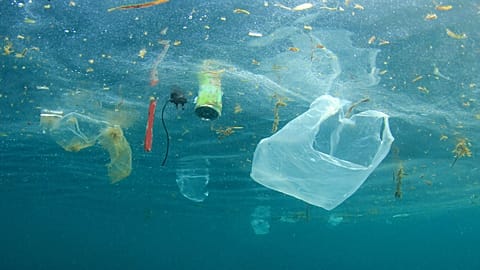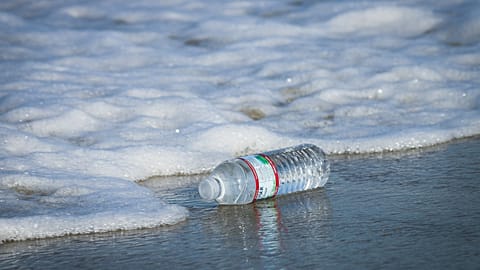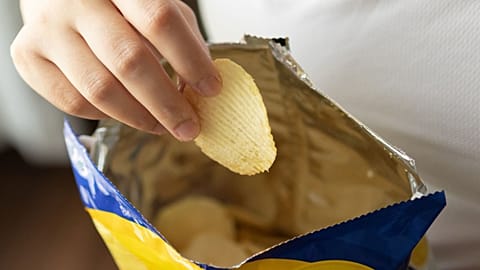A new report found a number of micro and nanoplastics in soda bottles, with the number increasing based on how many times the bottle was opened.
A French NGO identified six types of plastic in Coca-Cola and Schweppes soda, according to a report published this week.
The organisation Agir pour l’environnment (Act for the Environment) relied on two laboratories to conduct studies on the potential presence of nano and microparticles of plastic when the bottles are opened once, 10, or 20 times to mimic real use.
The report included analysis of the plastics with six different polymers identified.
The association qualified the results as "surprising" considering that "manufacturers declare only two polymers in contact with the beverage: [polyethylene] PE for the cap and PET for the bottle," said the statement published by the organisation.
These results call into "question the Coca-Cola and the French health authorities, who must guarantee consumers [a container] that does not expose them to molecules whose health impact cannot be ruled out," said Magali Leroy who manages surveys and analyses for Agir.
'Large quantity' of nanoparticles
After the first time the bottles were opened, four microparticles were found for one litre of Coca-Cola and 4.6 microparticles for one litre of Schweppes.
After opening the bottles 20 times, 46 microparticles were identified for one litre of Coca-Cola and 62 microparticles for one litre of Schweppes.
The author said it may be that the plastic cap degrades leading to more particles as the bottle is increasingly opened.
All of the microparticles identified were smaller than 500 micrometres (µm) and a large majority were smaller than 100 µm. Most of the particles linked to the openings were smaller than 50 µm.
A "large quantity" of nanoparticles was also found in both sodas.
Their shape with irregular contours "favours their interaction either with other particles, combining the effects of several polymers," the report said, adding that it also facilitates their contact with human cells.
The NGO reached out to several French authorities urging them to implement guidelines.
39,000 to 52,000 microplastics ingested each year
The NGO raised awareness two years ago when it published its study regarding the presence of plastic microparticles in nine bottled water brands sold in France.
Previous research has estimated that the annual intake of microplastic particles from food sources ranges from 39,000 to 52,000 per person each year.
This goes up to 74,000 to 121,000 particles consumed per person a year if you count those inhaled.
A study published in January this year found hundreds of thousands of tiny pieces of plastic in plastic water bottles, a much higher figure than what was previously reported.
Though the potential consequences of microplastic exposure to human health are still being studied, there is growing concern about their impact.


















